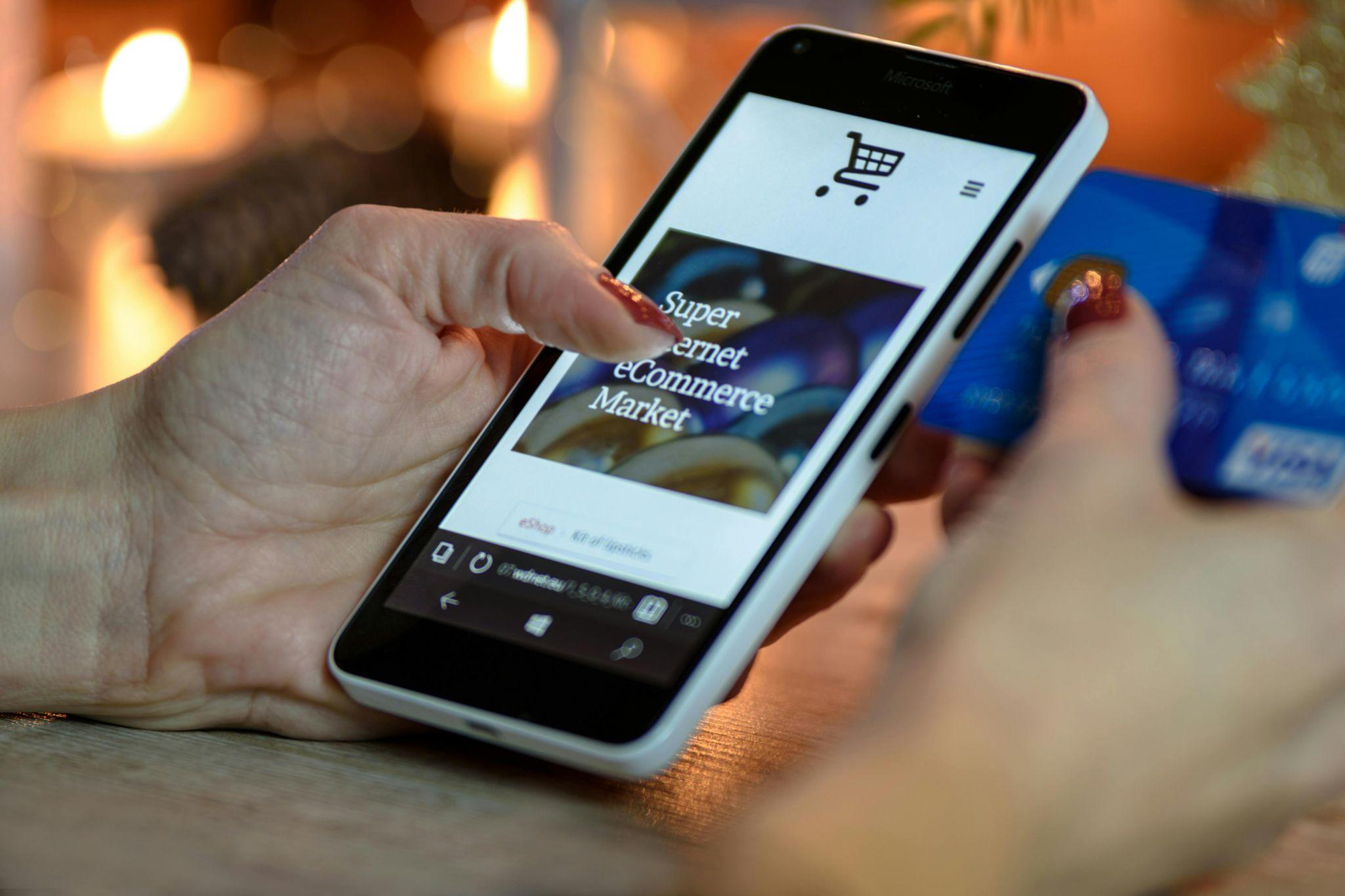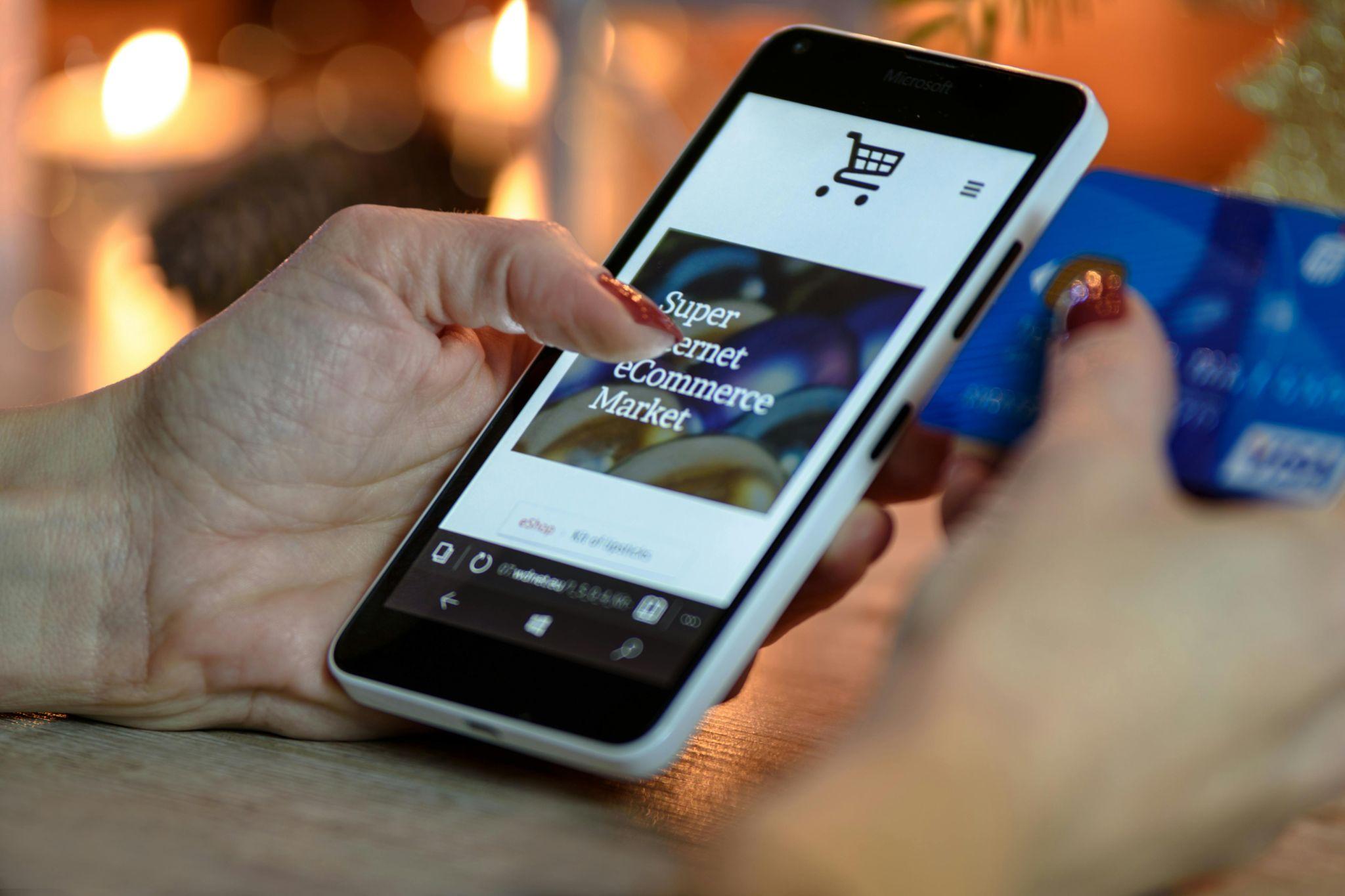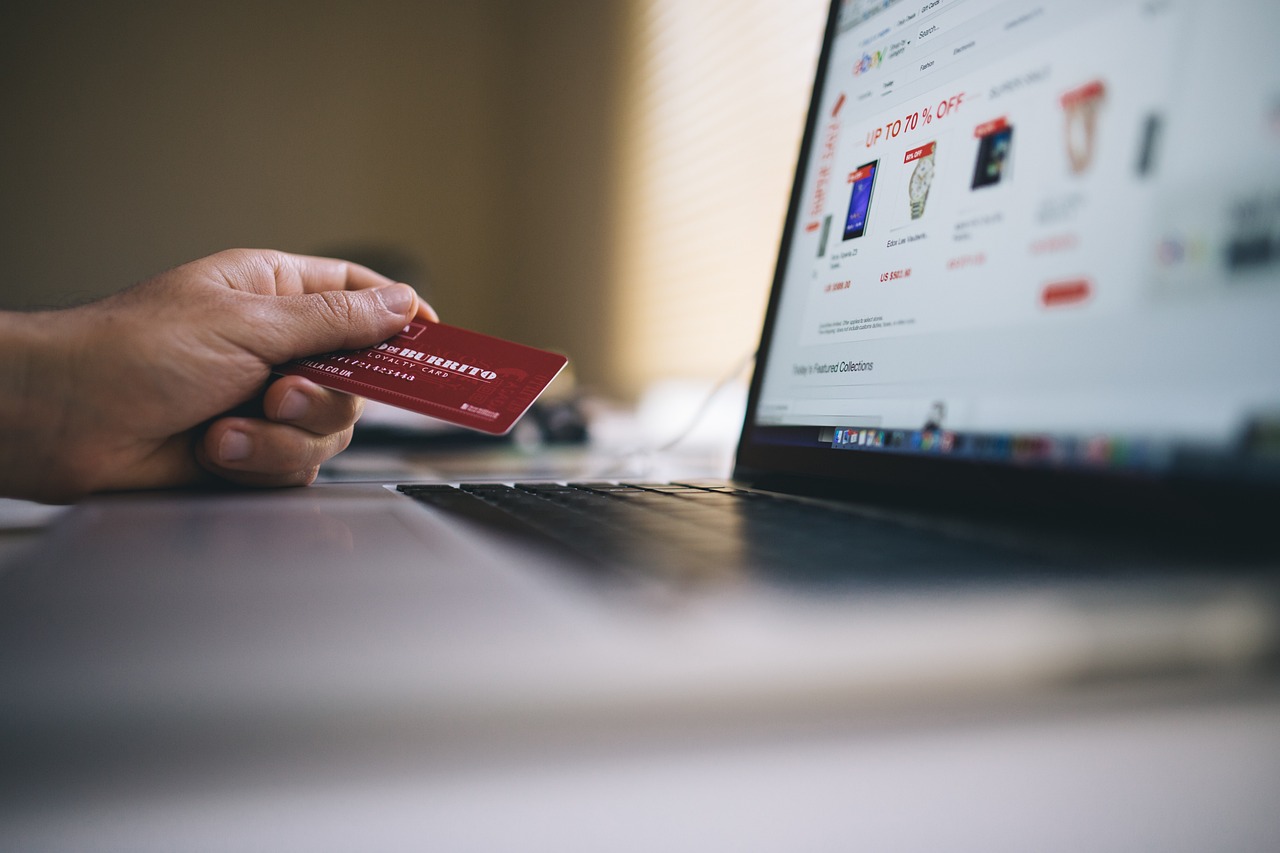
Public Wi-Fi networks have become ubiquitous in coffee shops, airports, hotels, and shopping centers, making internet access convenient for millions of users worldwide. With the explosive growth of mobile commerce, consumers increasingly rely on these networks to browse, compare prices, and make purchases on their smartphones and tablets. Continue reading The Risks of Using Public Wi-Fi for Online Shopping and How to Stay Safe



